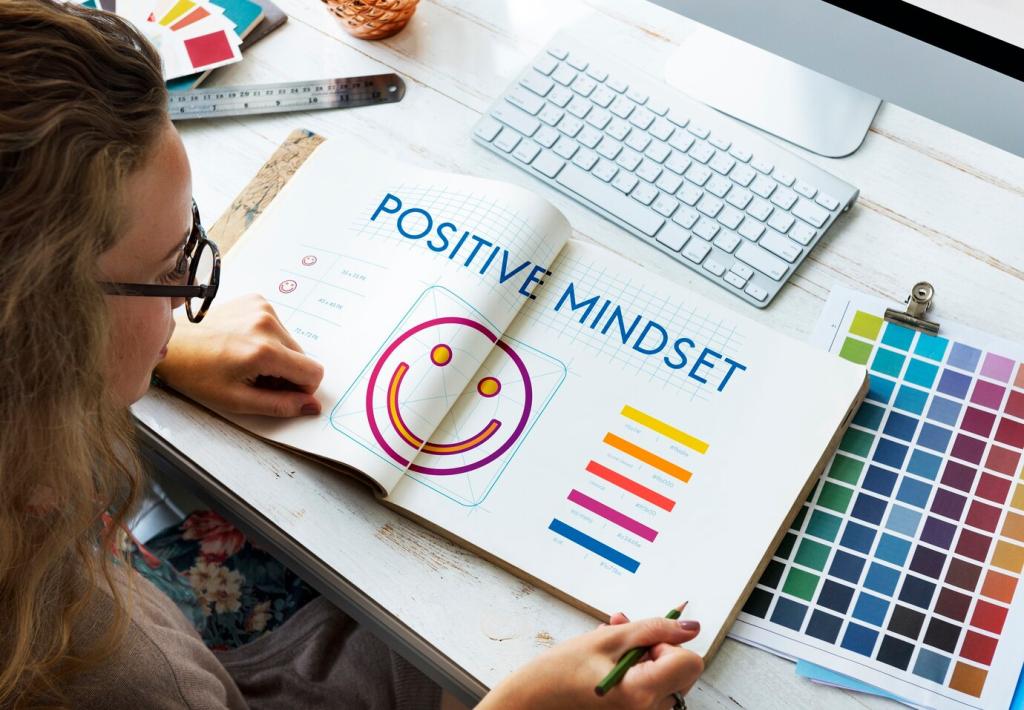Mastering Mindfulness Through Online Courses
Step into a calmer, clearer way of living with structured, supportive online programs that make mindfulness practical, measurable, and deeply personal. Today’s chosen theme: Mastering Mindfulness Through Online Courses.


The Science of Structured Practice
Neuroscience shows consistent, short practices reshape attention networks over time. Online courses provide progressive modules, timely reminders, and spaced repetition, helping your brain encode calm as a habit rather than a fleeting break.
Anytime, Anywhere Attention Training
Whether you’re commuting, waiting for coffee, or winding down, mobile-first lessons make practice accessible. Flexibility reduces friction, letting you integrate mindfulness where it matters most—right inside your real, imperfect schedule.
Digital Community, Real Accountability
Discussion boards, cohort chats, and gentle check-ins keep you honest and supported. When motivation dips, peers normalize the struggle, celebrate small wins, and nudge you back without judgment. Share your accountability hacks with us.



Choosing the Right Mindfulness Course
Seek syllabi that outline weekly objectives, techniques, and time commitments. Look for measurable outcomes like reduced reactivity or improved sleep. Specific promises signal respect for your time and a grounded, evidence-informed approach.
Choosing the Right Mindfulness Course
Read bios for clinical or long-term practice backgrounds, and watch a sample teaching clip. You’ll learn better from a voice that feels warm, precise, and relatable. Chemistry matters as much as credentials for sustained engagement.

Core Techniques You’ll Learn Online
Gentle attention to inhales and exhales builds stability. Courses often pair this with counting or labeling to steady wandering minds. Over time, breath becomes a reliable anchor you can return to anywhere, anytime.
Core Techniques You’ll Learn Online
Guided body scans retrain perception, revealing subtle sensations before stress spikes. You’ll learn to notice, soften, and allow. Many learners report better sleep and fewer headaches after just two weeks of consistent practice.
Common Roadblocks—and How to Move Through Them
Distraction is not failure; it is training data. Note the pull, label it kindly, and return. Many courses teach gentle prompts—like “thinking” or “planning”—to reduce shame and strengthen your attention’s return reflex.
Common Roadblocks—and How to Move Through Them
Doubt often peaks during weeks two and three. Instructors normalize plateaus and reframe progress as noticing faster, not feeling serene. Ask questions in forums; clarity arrives sooner when you borrow another learner’s insight.


Real-Life Stories From Online Learners
A Parent Rediscovers Patience Between Meetings
After a week of five-minute lessons, Maya paused before reacting to spilled juice. She noticed the breath, softened her shoulders, and chose humor. Her child laughed, cleanup became a game, and bedtime felt lighter.
A Developer Ends the Midnight Spiral
Arjun used two-minute body scans after late deploys. Noticing jaw tension, he stepped away, stretched, and returned clear-headed. Bugs resolved faster. He posted his routine in the course forum; three teammates adopted it.
A Nurse Finds Two Minutes of Quiet on Shift
Between rounds, Elena practiced four-count breathing in a supply closet. Her resting heart rate dropped, and compassion fatigue eased. She now leads a micro-practice circle on Tuesdays. Want the template? Comment, and we’ll share.
